When I was first asked by researcher and author Rick Minter to jointly host Bucks County Show I was excited at the prospect of engaging with rural people on this great subject.
During exercises hosted by Rick at previous researcher events I have been curious about his methods of collecting other types of social data connected to the subject. There is always some sort of graph plotting ‘reactions to people’s thoughts on big cats in Britain’ or ‘what should be done about them’ columns dotted with multi coloured stickers. I have always been interested in this type of data holistically but was unsure if the positive reactions the cats received at these events were simply because the public had not actually any real, solid belief that leopards, puma and lynx were living and breeding in the United Kingdom. Although I found the social data from the shows interesting, I did not fully understand the reasons for multiple shows collecting the same consistent data again and again. Is there a place for this kind of data without any initial clear camera trap results in this country?
My journey into researching big cat sightings in Buckinghamshire started in 2003 with focused projects and field trips in 2009 until the present. During this time my opinions on the official stance of the animals has meandered and changed quite considerably. I remember my wife buying me my first camera traps for Christmas. The excitement I felt driving up the M40 to a known hot spot- I felt like an epic explorer taking on a years old mystery and trying to solve the case! I remember thinking how good it would be to finally get some ‘clear footage’. Could I be the one to help solve a huge riddle in Britain?
My camera trap campaigns had some great results capturing hundreds of deer, foxes, rabbit and some anomalous animals including a large cat like animal but some were impossible to formally identify due to lighting, scale and pixilation. All of these were far from the clear photographic evidence of big cats living in Britain I was hoping to achieve. As my research intensified my relationship with Big Cats In Britain, a national group, grew and I became the Buckinghamshire representative. I was handed all the fresh sightings of the area from the national website so that I could grow my camera trap campaign on the ground. At this time my own ‘Big Cats Of The Chilterns’ website was starting to be found in the search engines and I was starting to get more fresh, first-hand data from local people. All of this was backed up by a fierce poster campaign asking people to come forward with their sightings.
As I grew more and more frustrated with my camera trapping projects now causing me to spend hours and hours flicking though video clips showing squirrels and other strange goings on I found my ability to monitor what was on the screen diminishing. I had at this point now one of the most detailed and digitalised databases of large cat sightings in Buckinghamshire. Clusters, correlations and overlapping of similar animals, even particular behaviours of certain animals appeared in recurring patterns and started to become common knowledge to me. I would encounter times when I would receive multiple sightings of the same animal described in the same vicinity within the same week from different sources. These would usually actually be backed up with similar sightings of the same species many years ago in the same locations and these consistencies still fall into the Buckinghamshire Chilterns website to this day! As I found myself further away from ‘clear video evidence’ I found myself more knowledgeable and absolutely certain that the cats were alive, well and breeding in Britain.
Slowly my knowledge of large cat signs and tracking improved I had found scats, prints and kills. I had been to the Atlas Mountains of Morocco to meet trackers of the Barbary leopard and spent time learning from leopard expert Krishna Tiwari in Mumbai and Nirmal in the Western Ghats Mountains of India. My mapping database made days out in the woods rewarding, finding the links between hotspots and learning about where prey species travel. This was a new way of looking at the landscape trying to see things from a cat’s perspective. This is where my first reality kicked in about the behaviour of these animals in Britain and the logistical difficulties it was creating for my camera trap campaign.
Leopards in the jungles of India move stealthily along trails- they are the masters of connecting places of relevance via the quickest route. In the boundaries of Sanjay Gandhi National Park leopards use clear trails through the park down into the slum communities where they take dogs and livestock. Walking these trails with Krishna I wondered ‘why is finding prints and scats here so easy’? And the simple answer lies within the equation of ‘places of hiding’ over ‘distance from food’ through ‘density of cover’. A wild cat needs to spend most of its day sleeping and hiding it will need to travel to likely spots where it can obtain a meal. If this journey is through dense cover the route of least resistance will funnel its route and concentrate its movement patterns. In Sanjay Gandhi National Park the areas around the slums rise up dramatically to a mountain like point in the centre. The park is full of rocky crevices and caves which are difficult for people to move through at any speed or access. The leopards can hide and rest close to man. The food is close and easy to dispatch and so cats’ movement is condensed and routes are somewhat predictable.
Krishna told me that the leopards which are venturing deep into the town itself are almost impossible to camera trap as they have multiple routes to travel created by man. They have sightings of leopards coming out of road sewers at night and walking through industrial areas of the city along railways and roads. They have seen leopards climbing through inner city windows to take sleeping pet dogs! To find physical evidence of these cats is harder and camera trapping these cats presents more challenges as their activity is diluted by the spatial variety of man-managed environments.
I had started to realise that large areas of private land, parcels of industrial, commercial, military, forestry and agricultural landscapes of Britain create a diverse, lonely landscape where the majority of people live in towns or at the very least within the four walls of rural settlements. All the landscape types of Britain are crossed by railway lines, canals, etc. Derelict quarries and abandoned farms are all rich in prey species such as deer and rabbit. Our roads, especially in Buckinghamshire are littered with freshly killed badger and roe deer. What kind of route would your local leopard take? Would it take an urban alleyway? Allotment? Or would it rest in a 200 metre blackberry thicket all day and pull a dead badger from a nearby country lane in the early hours of the morning? How do you camera trap an animal like this?
In my personal quest to learn more about the three cat species sighted in this country; the puma, leopard and lynx, my passion for them has grown. Far from the delicate fragile populations hanging on to survival we are all led to believe in, the ones that live near man-made environments thrive. They live around us, in our shadows, benefiting from our weak senses and the spoils of our towns, roads and rural policies. Whatever the large cat position in Britain actually is with regards to population, numbers or misidentification they are a phenomena of epic proportions. From someone who has journeyed for answers via the camera trapping route, I am happy in retrospect that I never captured footage of one of these animals and exposed it to the masses. What would this have meant for these amazing animals? To finally prove that these animals exist and are breeding once and for all! Would the blood of large cats across the country, especially in Buckinghamshire be on my hands? No! And there are one or two incidents which have occurred in recent times which have taught me why. The safety of the cats have become my new concern and this is why I no longer display the map of sightings on the website as we have also had hunters approaching us for sightings data. So what will happen if tomorrow we get two or three good pieces of video evidence released from a big cat researcher? Well it will not be as a great achievement for the person as they think. They will be labelled a hoaxer and a trickster no matter how authentic their footage is. Further character assassinations will follow as their past history and credentials will decide if their evidence is real. They will probably be accused of staging evidence and no matter how hard they try, the outcome they perceive will be far from the reality of what will happen when the media takes control. I once for an experiment posted an exclusive camera trap image of a lynx obtained from a friend in Poland onto the website and Facebook page, labelled ‘Lynx In The Chilterns’, however, out of the hundreds of followers no one commented or asked me of its authenticity or origin. We have had road kills and animals shot in this country but people still wish for more conclusive evidence! Even if good camera trap footage falls upon us it will not be accepted as proof unless it is a part of a highly qualified, organised, repeatable, scientific correlation of evidence organised as part of a peer-reviewed report. Nothing less will do.
But have we missed the point here? What are we trying to achieve? Do we want camera trap footage because we ourselves have doubt? Doubt about there being one cat roaming the countryside, which even the authorities have recognised? The question here really is about how many are wild and whether they are breeding. And how do we get to grips with this? At a Dorset event in 2015 I gave a talk presenting big cat studies across the world, where sightings data was used in investigating the population status in areas of disputed existence. The most relevant of these were the studies of the Mexican Jaguar. Here sightings were mapped alongside other GIS data to determine camera trap locations. When camera trap footage was obtained, only repeatable camera trapping enabled some population data from rosette patterns seen on the jaguars. Even with some clear camera trap footage emerging from the UK we would still be light years from proving breeding populations or even creating acceptance of existence in Britain.
To date the greatest data type we have for big cats is sightings and there are good reasons for that. There are many more people driving through the countryside at night or hiking trails than setting up cameras. But it was not sightings that led to our acceptance of wild boar in Gloucestershire or Sussex or beavers in Scotland, both of which are controversial animals in our countryside. There were no parliament debates or coverage in the media if these previously extinct species of the UK were to be accepted.
It seems in recent times the concept of quiet acceptance has enabled the reoccurrence of new animals to our countryside. If they appear and are breeding, professional consultancy is sought by government agencies and if there is no immediate danger or financial loss they have not been exterminated. If this would be the case for the leopard, an animal which is thought to have gone extinct in Britain around 10,000 years ago, is another matter. But one thing is for sure big cats in The UK are now common knowledge.
After numerous books on the subject, articles, websites, web groups, Facebook groups, a constant flow of news stories and thousands of sightings, the question is why would there not be big cats living and breeding in the UK? What strange force is at work that we see these strange anomalies? Where are the bear sightings? Wolves? Tigers? It is clear some of the best holistic data collected is the specific elements of the sightings. For example if you put all sightings from all counties in Britain on a graph there is always a consistent proportion of black animals to sandy then lynx at the lower end at about 15% communicating, consistent population data which is unmatched by any potential data obtained by photographic evidence alone.
The Buckinghamshire Country show proved one thing- there is wide knowledge of these animals in Britain and a quiet acceptance of their presence in rural communities. I had been a little nervous of the idea of standing at a stand with ‘Big Cats: your views’ plastered across it with the rural population of Buckinghamshire let loose on us but it proved to be an amazing thing! I simply was not prepared for the endless consultancy I was able to provide about the very specific sightings in Buckinghamshire and the Chiltern Hills, which has taken years to build up and learn about. Sighting after sighting came into Rick’s stand with people literally relieved that they could finally talk about their sighting for the first time and also log an official report as a part of a larger, ongoing, organised study. To add to this I could respond straight away with a list of incidents and sightings in their sighting area going back 40 years plus.
Just to give an example of the constant coincidences and correlations reported during the show, two years ago I received a very good report via my website of a lynx in Denham, South Bucks in the wetland areas around the River Colne. The animal was described with all the normal lynx traits, with a yellow striped and spotted pattern seen through binoculars. At our stand a gentleman walked in and said to me ‘I have seen one, a lynx, in Denham about 3 years ago’ I responded, ‘oh John, you contacted me via the website I remember you!’ only to be looked at bluntly and told, ‘no sorry I didnt’ this was a new sighting of a lynx within 2 miles of the other and was a darker fawn colour. So how many lynx live around the wetland meadows of the Colne valley? I could continue to write about examples like this that the show brought to light. Word soon seemed to spread around the event and people came to ask if there were any reports near where they lived. As a local researcher it was such a fascinating experience and one I would recommend to any researcher especially if you have expertise in a specific territory.
As people around the popular event would talk about this novelty stand about wild cats in Britain They flocked to learn more and share their experiences. It started to dawn upon me, the possibility that ‘quiet acceptance’ for big cats has started in this country and Rick’s stands are directly catalysing this familiarity with the species involved and their ecological impacts, even benefits, for our rural countryside. By bringing the subject into the conscious of the public I now do think perhaps there is some future for these animals as being recognised. I know we are a long way from that and I can’t say I know how it would be formalised. I certainly recognise this is not as farfetched as people think due to the response we got from the official rural bodies at the show such as, estate managers, game keepers and even Thames Valley Police whose stand was directly next to ours.
The show has given us at Big Cats of the Chilterns new contacts, leads and sightings as well as new hot spots to the north of Buckinghamshire that I have not researched before. I gained an insight into the ‘quiet acceptance’ which is already taking place in this county which also allowed for the reestablishment of other extinct species such as wild boar. Fear for the safety of cats from this acceptance in my opinion is floored, as past attempts by authorities to locate and destroy cats, even with sniffer dogs and heat seeking equipment has always failed. This is even when the animal has been seen by police officers multiple times during pursuit. I don’t think a national eradication programme would be either successful or realistically realised by government.
I believe everyone who is passionate about the subject of big cats in Britain, the hardcore researchers, camera trappers and authors, all in the end need to collaborate, no matter how much they disagree. Eventually the sole aim and interest, the best interests of the cats themselves, will only be served if social data, general acceptance, education, field evidence, camera trap footage and sightings data is shared and put into a robust, holistic body of information with academic accreditation.
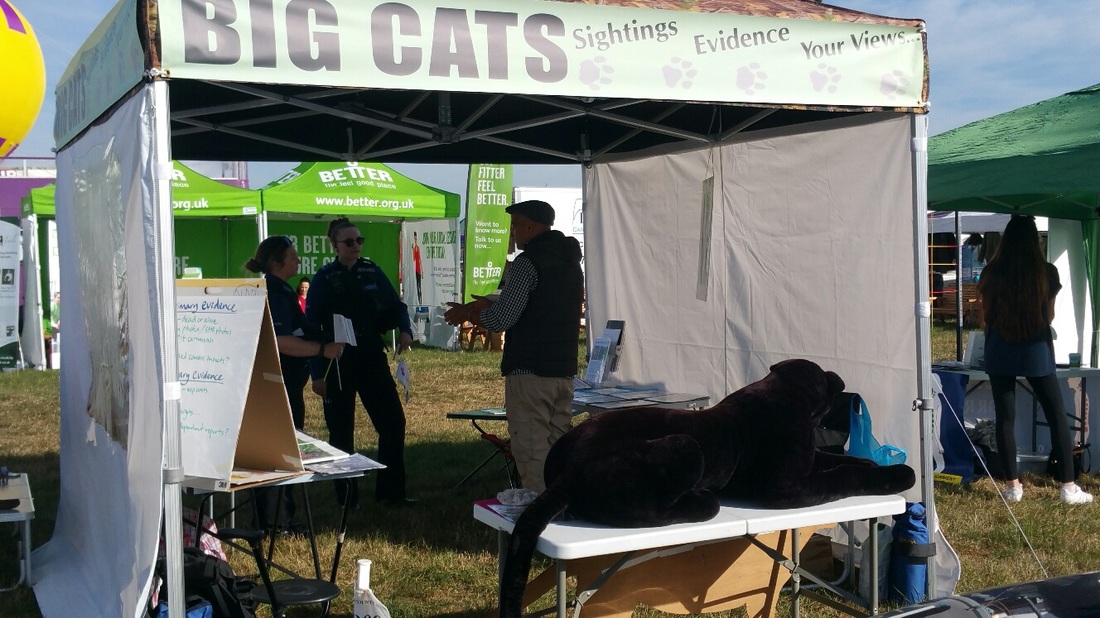
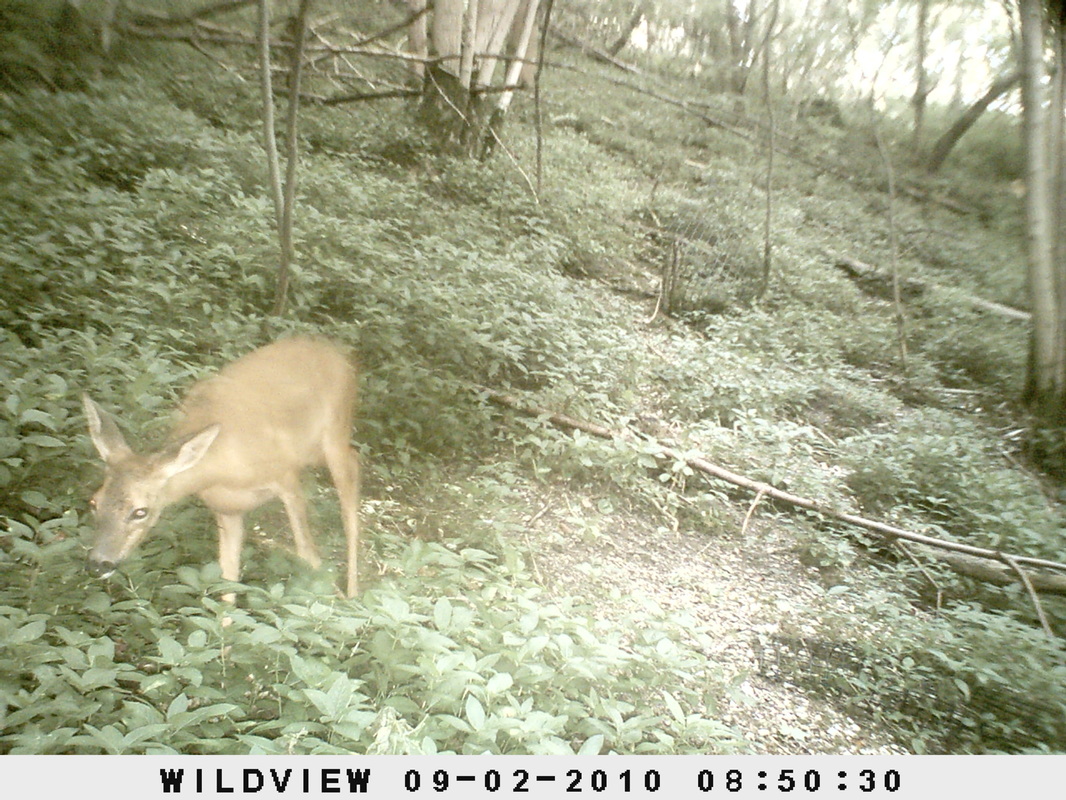
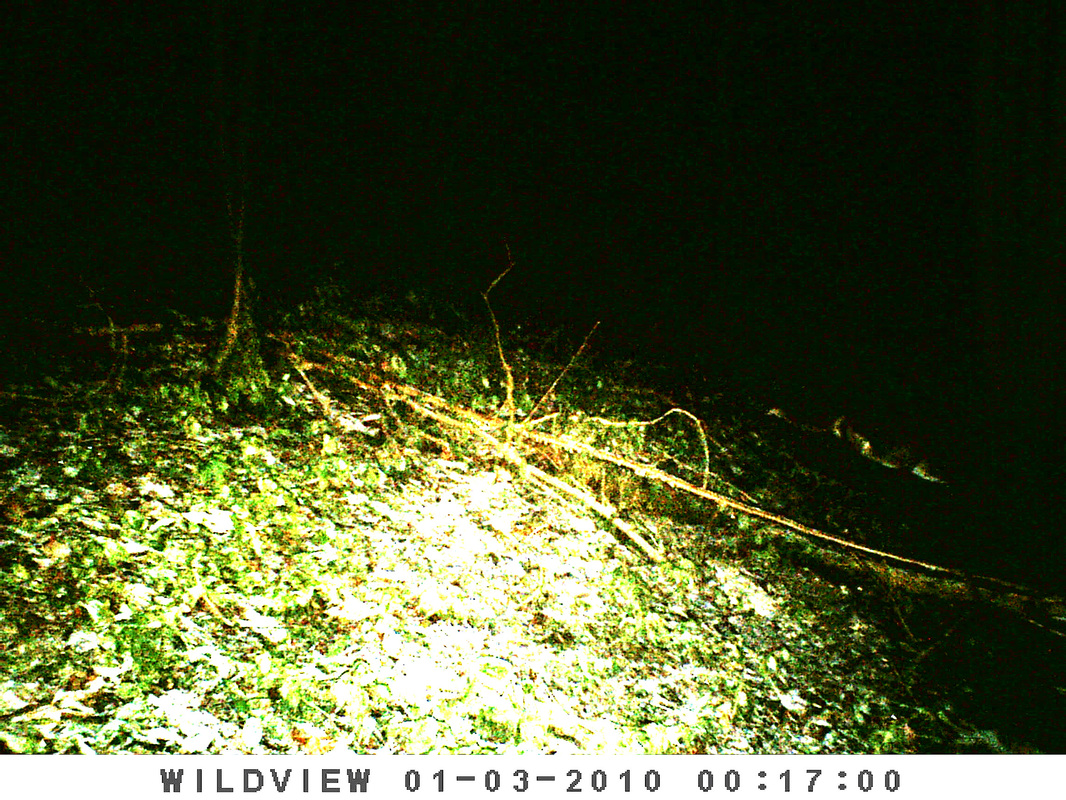
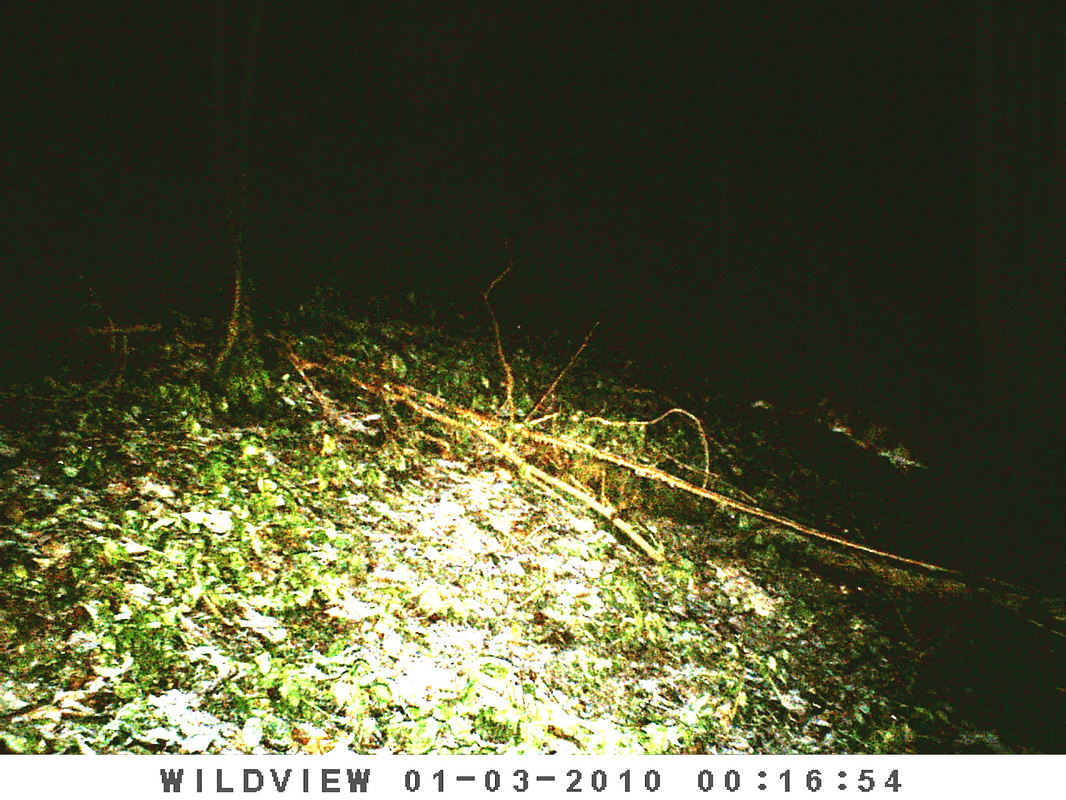
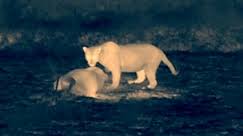
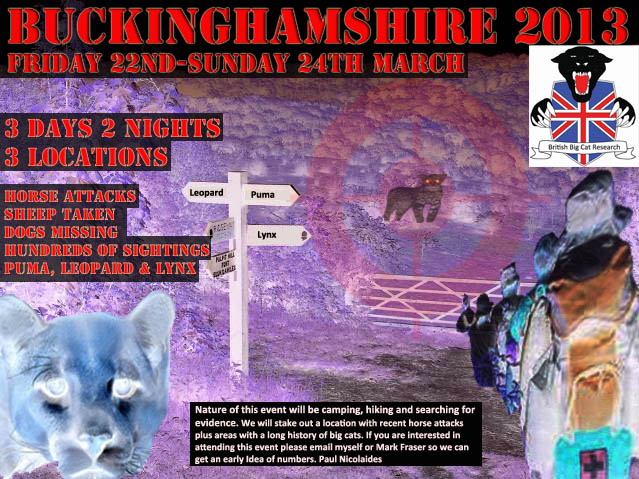
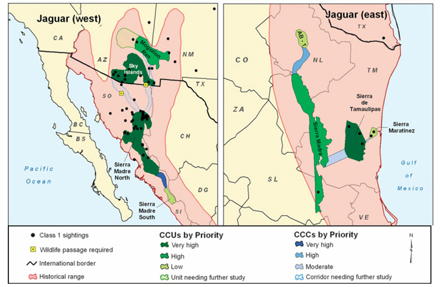
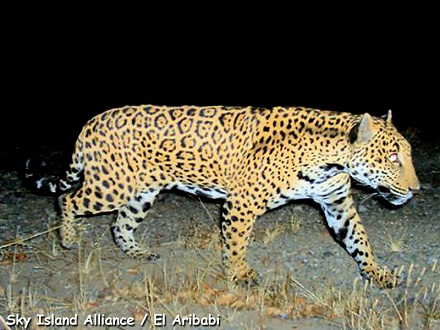
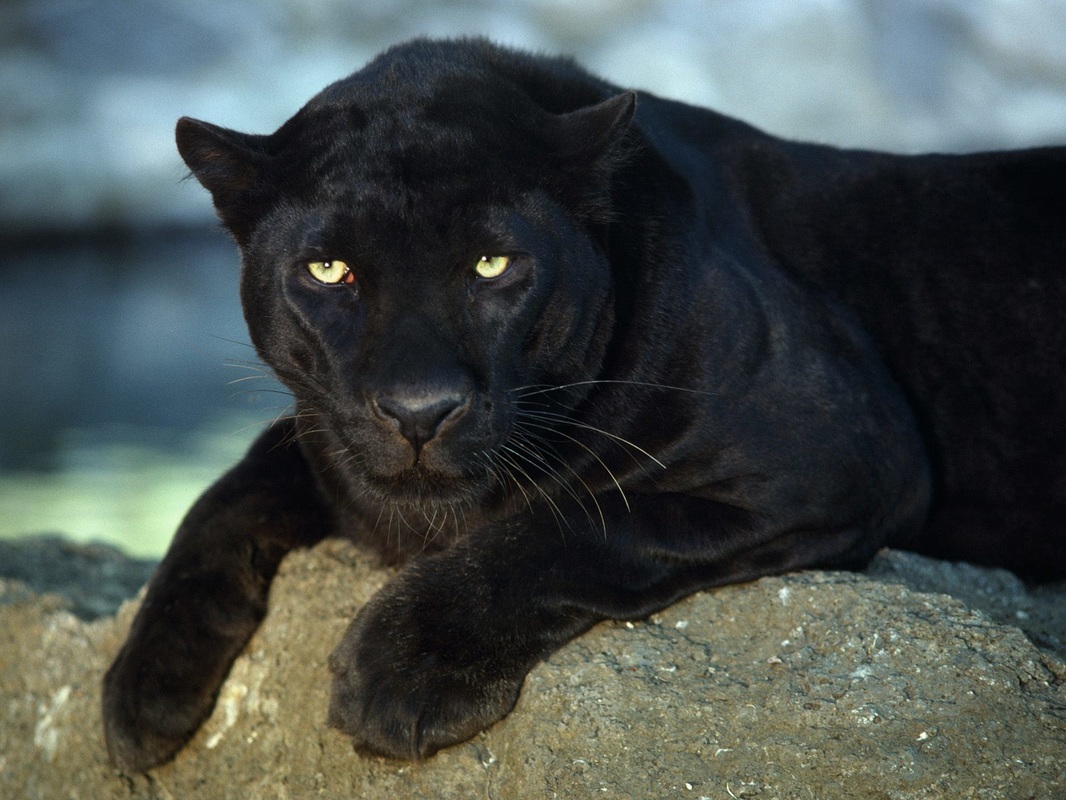
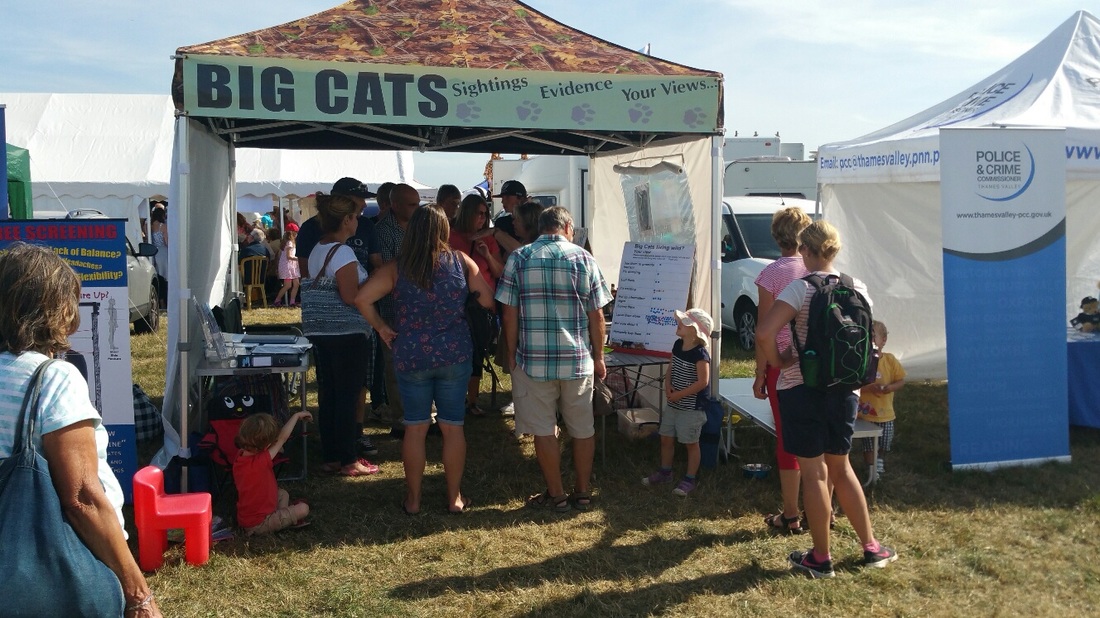
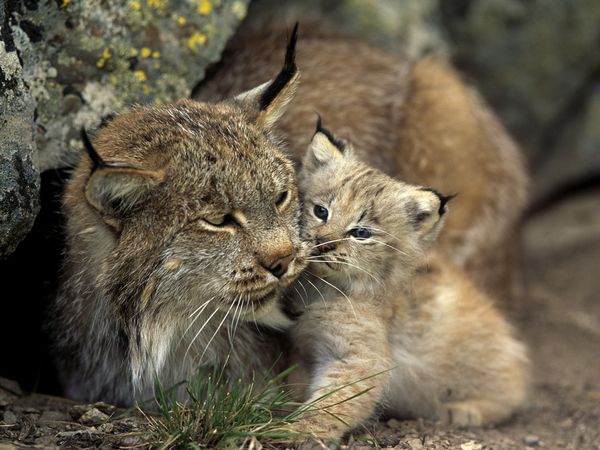
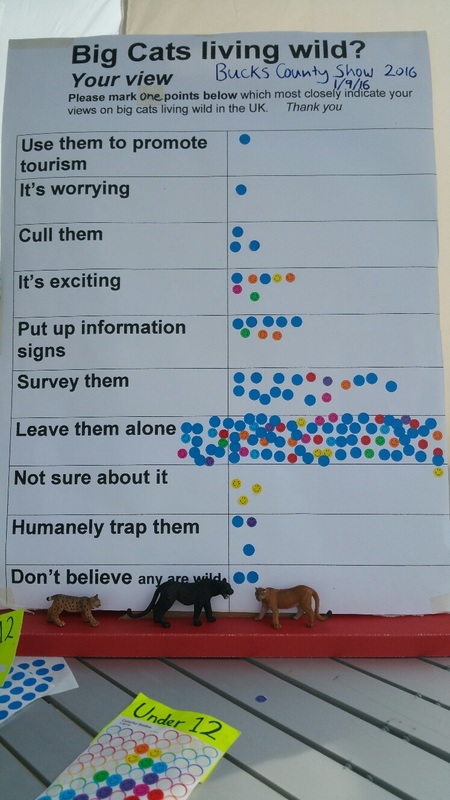
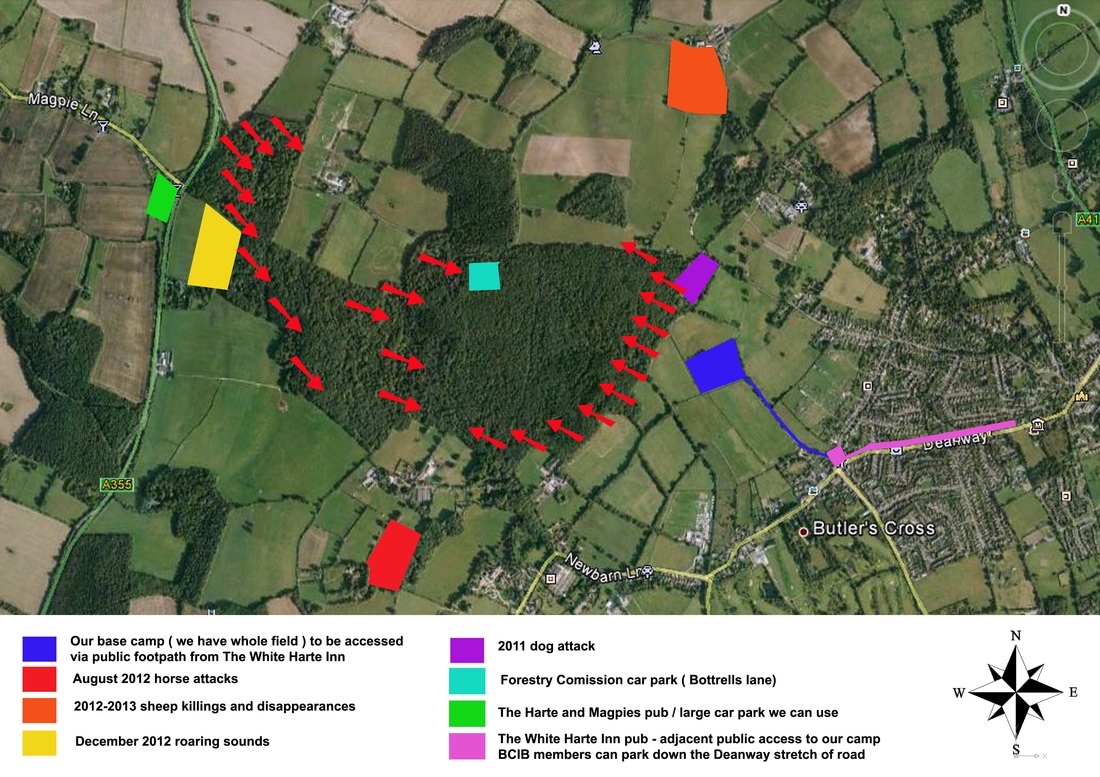

 RSS Feed
RSS Feed
